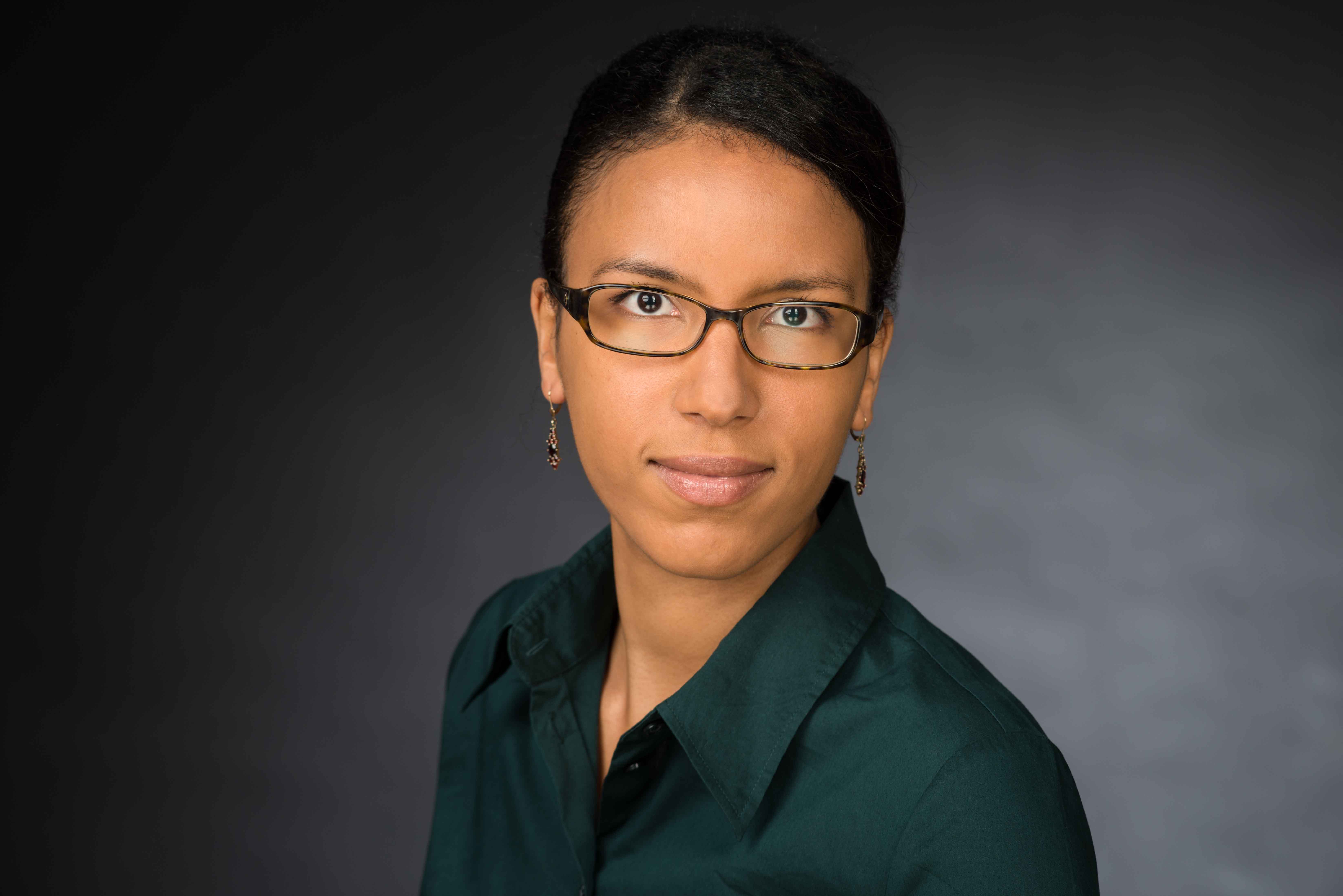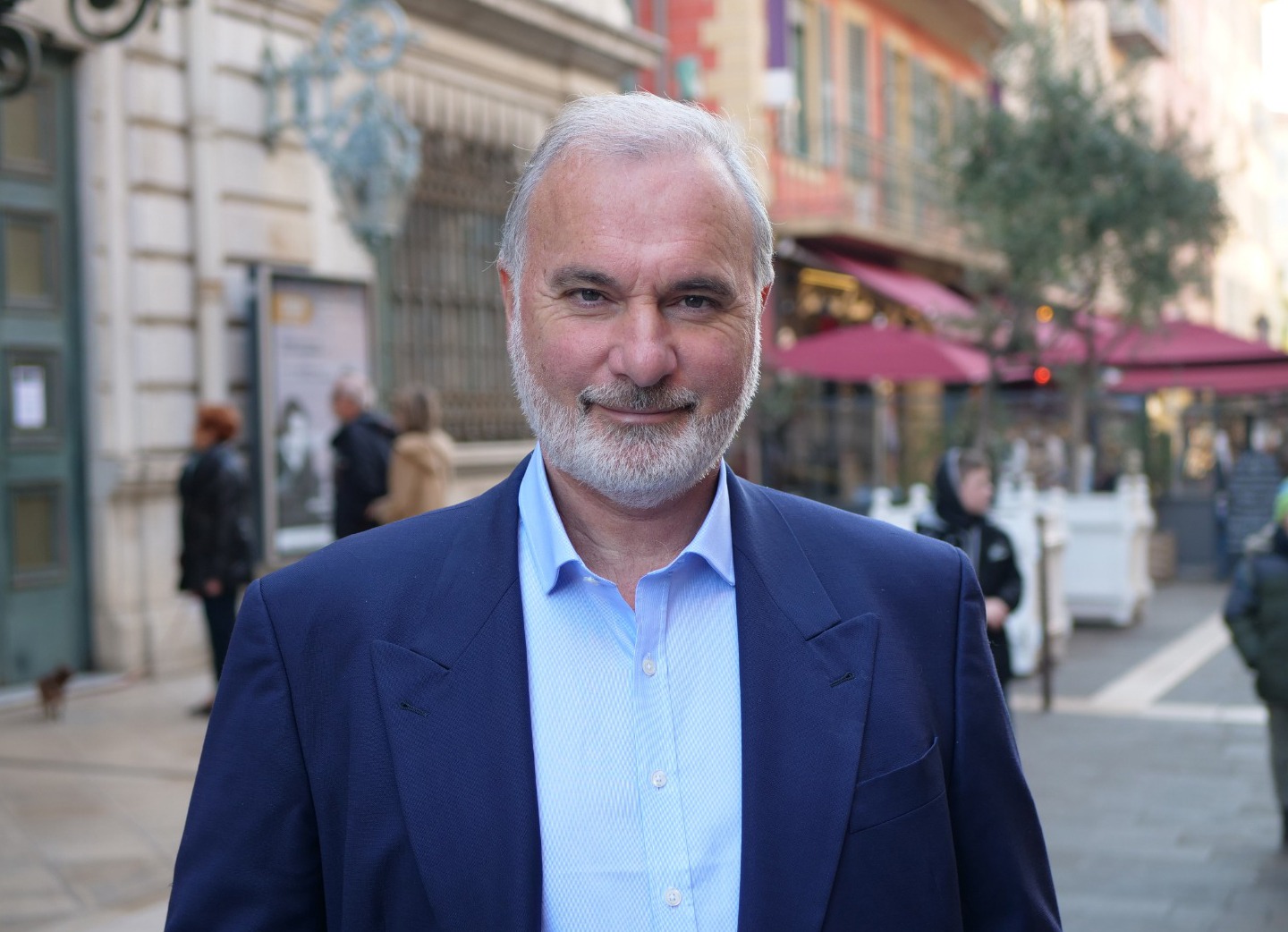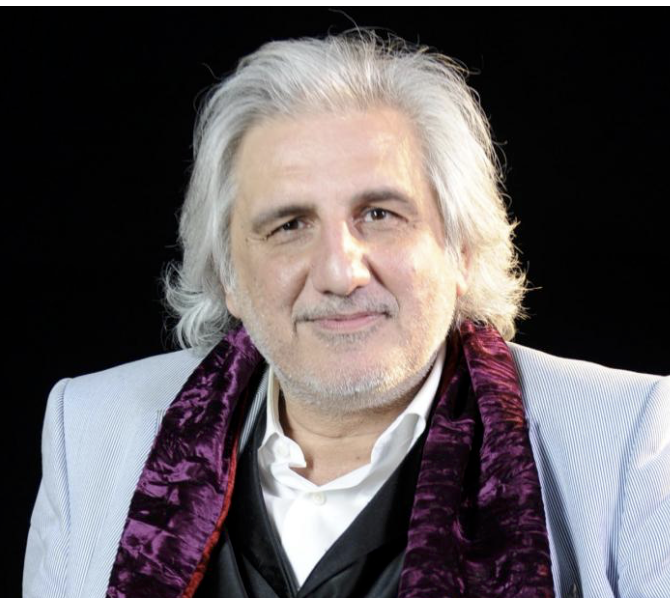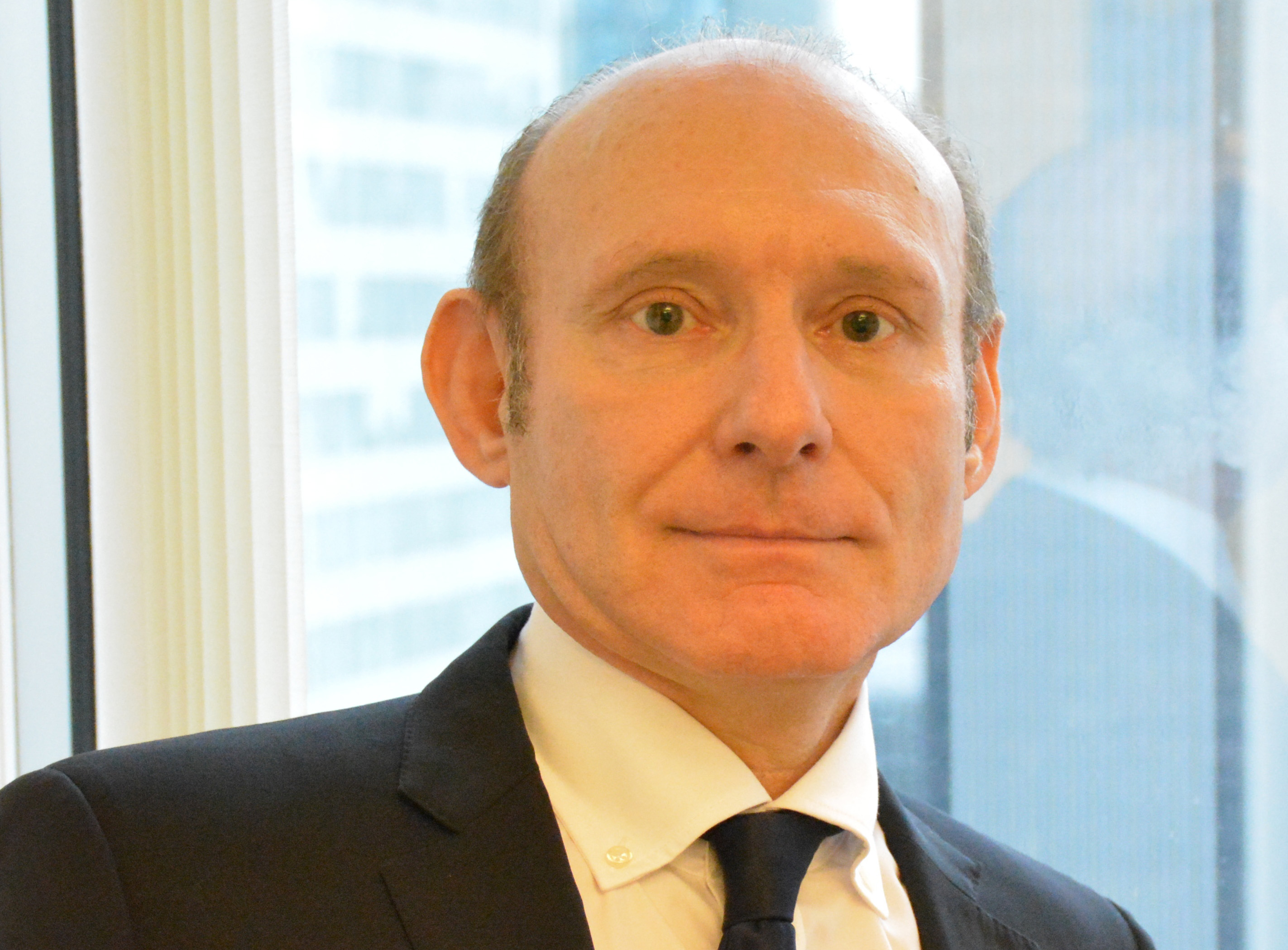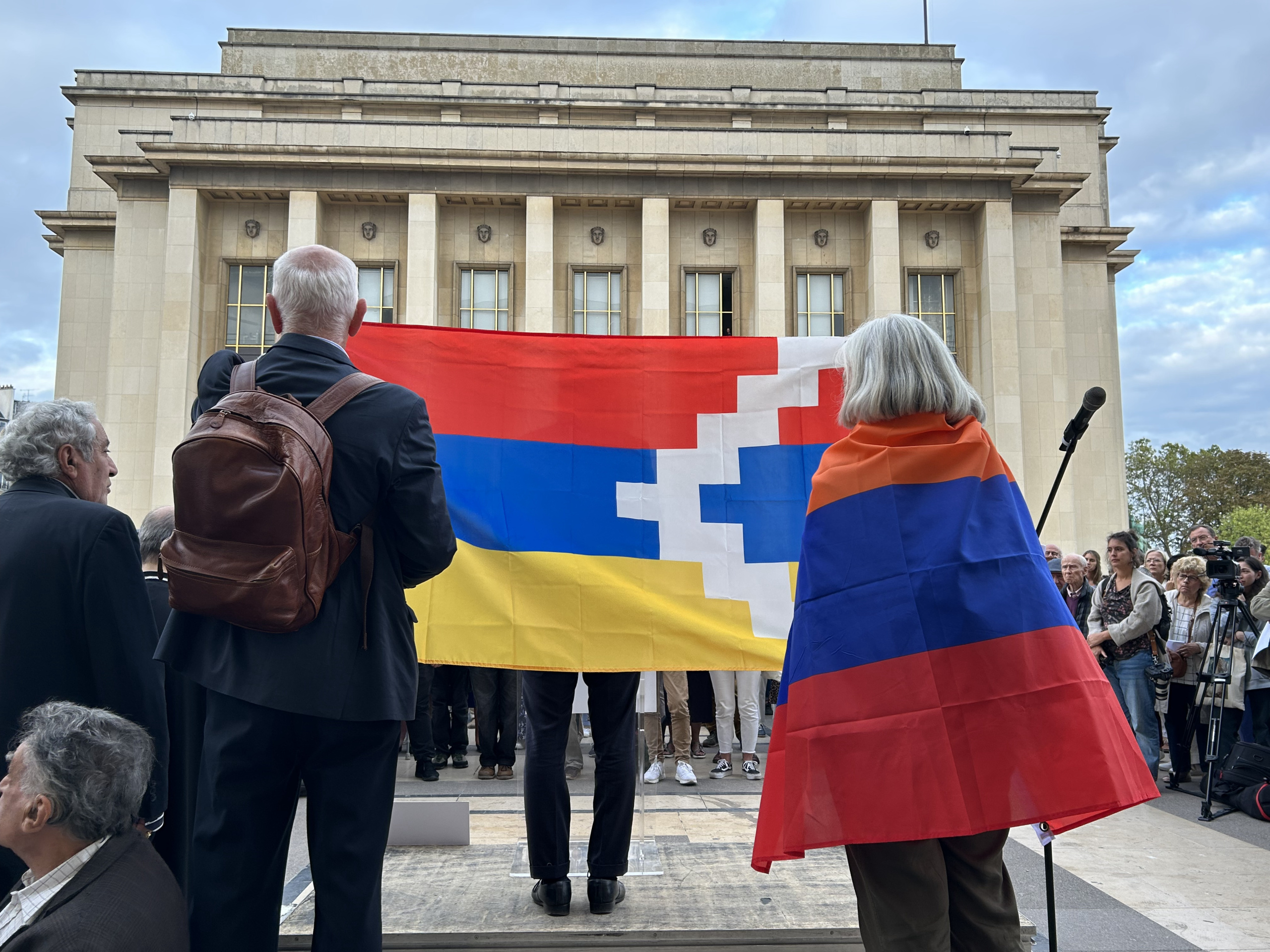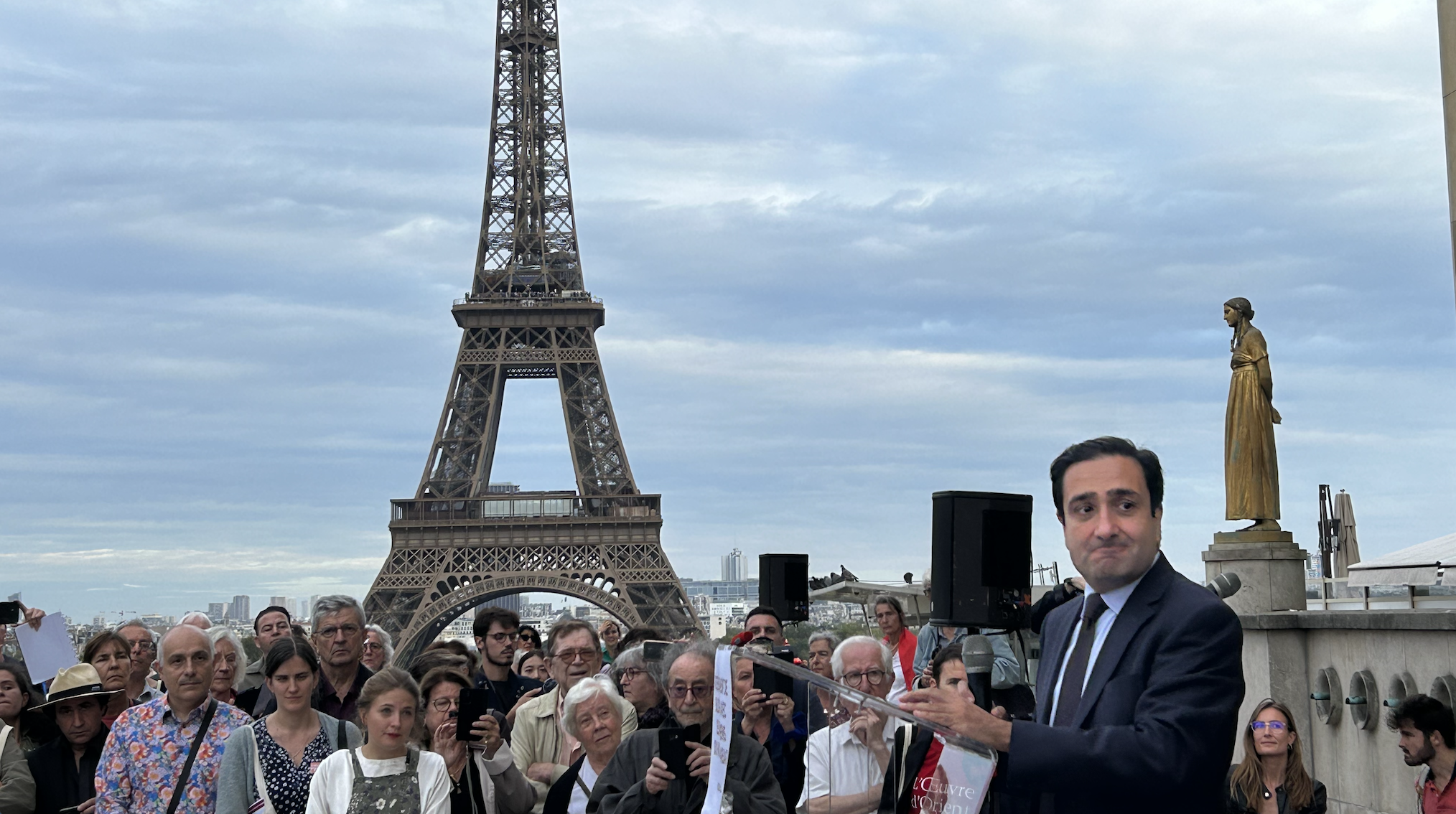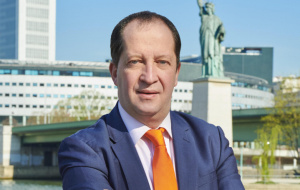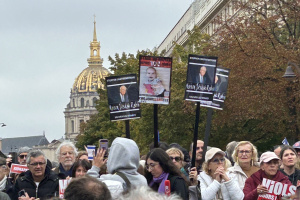Following a European trend, Germany is facing the rise of an anti-Islam movement. Since October 2014, every Monday a movement named Pegida has drawn thousands of people onto the streets in anti-Islam demonstrations. What exactly are they protesting against and who are their followers?
Pegida – Patriotische Europäer gegen die Islamisierung des Abendlandes [Patriotic Europeans against the Islamisation of the West] – first emerged in public in October 2014. It started as a small group on Facebook launched by Lutz Bachmann and has now become a movement gathering thousands of Germans in the so-called “Monday Marches.”
Pegida is most successful in Dresden in the eastern part of Germany – the former GDR – where the movement has drawn up to 25,000 people onto the streets. Yet it has branches in cities all over Germany. As the name suggests, Pegida stands against what they identify as a growing influence of Islam in the West and the rise of Islamic fundamentalism. Recently, more focus was laid onto asylum seekers and their alleged abuse of the immigration system. Pegida advocates the immediate deportation of asylum seekers with criminal convictions; ironically some of its activists have criminal records themselves. According to German media, Pegida’s founder Bachmann was convicted for burglary and drug-dealing and sentenced to three years of imprisonment.
Bachman was also caught dressed up as Hitler, and the publication of these pictures led him to resign from the organisation’s chairmanship. Neo-Nazis and Hooligans do walk alongside middle-class citizens during the Marches, where nationalist slogans and German flags are common. But Pegida shies away from public associations to the far-right wing since its main supporters are middle-class Germans, most of whom don’t want to be associated with the Neo-Nazi scene and view themselves as non-racist. Far-right ideologies have thus found their way to the middle-class citizen and become socially acceptable, which makes this movement particularly dangerous and the dealing with it even more difficult.
What is the average Pegida-follower so discontent with?
Approximately four million Muslims live in Germany. They represent 5% of the total population. Chancellor Merkel recently acknowledged Islam as one of Germany’s most popular religions, saying that “Islam belongs to Germany,” as the German news magazine SPIEGEL reports. However, only a very small percentage of these Muslims live in the federal state of Saxony, where Pegida has the most responsive audience. Is islamisation of Germany possible under these circumstances? Anika, a 31-year-old business owner whose travel consultancy operates in both Dresden and London, describes her impression of the movement: “The atmosphere in my hometown has changed over the past months. Given the fact that the percentage of foreigners living in Dresden is only 0.1% Pegida is about the fear of the unknown. There is hardly any interaction between Germans born in Dresden and foreigners. This makes it very easy to stir up fear.” Pegida found a way to maximise a vague fear of what they call Islamisation of the West. They have projected their followers’ discontent with German politics, utilising the common stereotype of the Muslim extremist and fanning an irrational level of xenophobia in a region where there are neither many foreigners nor many Muslims.
Despite Pegida’s stating that they are against Islamic fundamentalism, they fail to open a debate on the topic. This action point remains an empty one. Germany’s Agency for federal education, BPB, says that the fight against “Islamist Terror” has merely been used in order to gain followers in a way that openly nationalist ideas alone could not have done.
A particularly strong counter-movement
In most other cities, protests held under the Pegida label have attracted significantly high numbers of anti-Pegida demonstrators. At the end of January, some of Germany’s most prominent musicians gathered in Dresden to play a free concert against racism for an open and tolerant Germany. The demonstrations against Pegida have gathered up to ten times more protestors than the Pegida supporters, reportedly up to 100,000 people in Germany, according to the news magazine SPIEGEL. Given the fact that this region has the highest attendance rate of Pegida demonstrators and the least counter movement activities, the rise of Pegida can be regarded as an eastern German phenomenon.
“I feel ashamed to tell people that I am from Dresden. I think that Pegida draws a very negative image of Germany to the outer world,” Anika states.
Despite Germany being a country of immigration (Germany is currently taking on more immigrants/refugees than any other European country), it seems that some Germans have difficulties coming to terms with this. If politicians fail to open dialogue with Pegida and its followers, the possibility of this movement to go underground is alarming. Whilst many citizens see Pegida as an opportunity to express their overall discontent with German politics, there is no doubt that far-right groups and parties use Pegida as a chance to convey their ideologies to the middle class with the aim of establishing them as socially acceptable.









